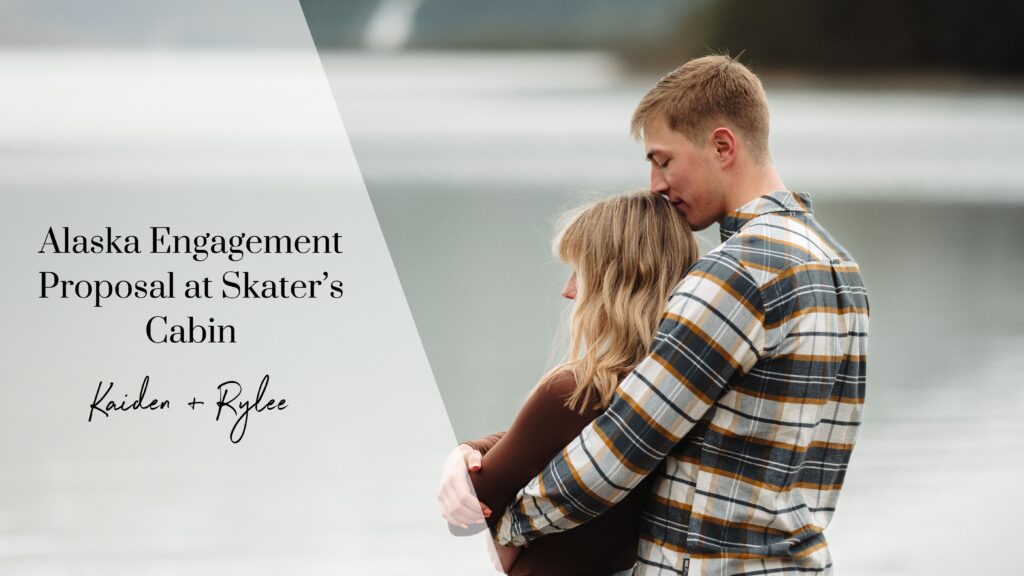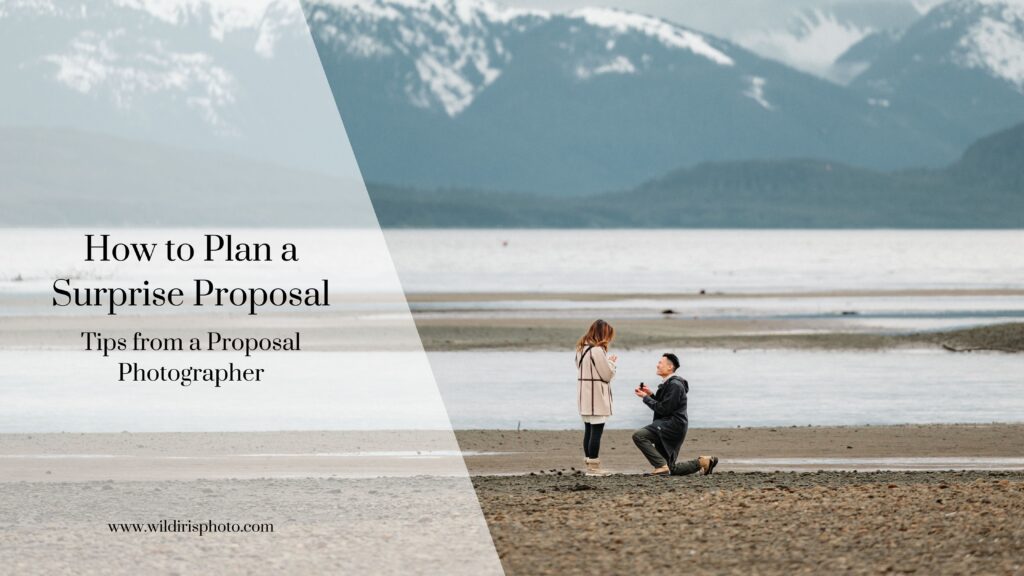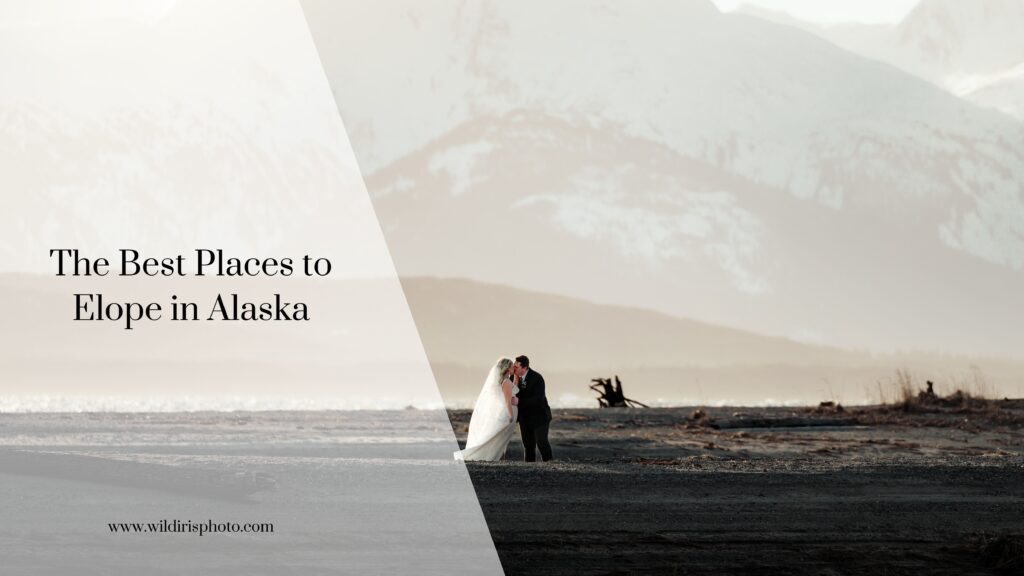
Do I need insurance for my photography business?
Why is business insurance important for photographers? To be frank, our businesses as photographers are fragile, at least for the first few years. What would you do if your camera bag with all of your gear was stolen? Could you replace all of it out of pocket? What if a client tried to sue you because they tripped over your gear and broke their ankle? Could you foot the bill?
What kind of insurance do I need?
The Business Owner’s Policy
The most common insurance that photographers and other small business owners get is called the Business Owner’s Policy (or as I like to call it, “the BOP”, because it sounds like a really good song.
A BOP is a bundle of three basic types of insurance that most business owners need.
- General Liability Insurance
- Business Property Insurance
- Business Income Insurance
General Liability Insurance
Also called Public Liability Insurance, it protects you from any claim against you in case you or your equipment injure somebody, or if you accidentally damage a client’s home during an in-home session.
Business Property Insurance
Business property insurance covers the cost of replacing your gear if it gets damaged or destroyed. This includes your cameras, lenses, laptop, desktop, external hard drives, memory cards, flashes, stands, and backdrops. Insurance companies will need a list of your gear as well as the value. Be sure you give them the price that it would cost for you to replace it with new equipment.
Business Income Insurance
Business income insurance helps cover lost income and extra expenses resulting from an interruption in business. For example, if you rented a location or paid for a permit for your shoot, but the location had a fire or water damage causing it to close, this could cover the cost of renting a new location or the loss of income from needing to cancel shoots.
Other types of insurance to consider
Personal Indemnity Insurance
This is usually not included with BOPs, but can sometimes be added depending on your insurance company. Personal indemnity insurance protects you if somebody tries to sue you for a mistake, misjudgment or negligence made in your work. For example, if you missed a promised shot, You lost photos from a corrupted or deleted SD card, or you accidentally shared a photo without a signed model release.
Personal Accident Insurance
This protects you if you hurt yourself on the job. It can help you with loss of earnings and with paying your medical bills.
Shopping for Policies
Where to find photographer’s insurance
First, check with your current insurance home, life, or auto insurance company to see if they offer it. You might be able to get a deal if you bundle insurance. Also, if you’re a member of any professional photography organizations, like PPA (Professional Photographers of America), check to see if they offer insurance as part of their membership, or perhaps have a discount or referral for any insurance companies.
Here are a just few companies that offer Business Owner’s Insurance for Photographers
Compare Policies
You’ll want to set up calls to get quotes with different agencies. Before you do, you’ll want to gather some information that they will all likely want from you before giving you a quote. Prepare for your calls by gathering the following:
- Inventory list of all of your gear, including cameras, lenses, drones, lights, stands, computers, printers, and larger props or furniture.
- A rough estimate of what each item on your inventory is worth. Be sure to list the price of the item if you were to buy it new.
- If you have one, have a copy of your studio rental agreement.
- If you have them, have copies of your homeowners, health, and auto insurance policies.
- Make a list of the kinds of jobs you work in your business. Could any of them be potentially dangerous? Do you take helicopters to destinations? Do you work with smoke bombs or firework? It’s possible your insurance agent may notice a potential gap in coverage based on the certain risk factors.
- Where do you need coverage? Do you travel internationally or across state lines for sessions?
Actionable Steps
To summarize, here are a list of actionable steps you need to take to cover your assets.
- Determine the type of insurance coverage you will need (liability, indemnity, a BOP, etc.)
- Take an inventory of all of your gear and estimates on each items worth.
- find copies of your current insurance policies and studio rental agreement, if applicable.
- Make a list of the kinds of jobs you work in your business and what locations you travel to.
- Make a list of questions you will ask each insurance company.
- Call at least two insurance companies to compare policies, starting with a company you already have insurance through (life, home, auto, etc.).
- Weigh your pros and cons, and make a decision!
Ok, so insurance isn’t exactly the sexiest topic on the internet, but it is important if you are running a business. If you found this post useful, or would like to add any valuable information, please let me know by leaving a comment.
You might also like



